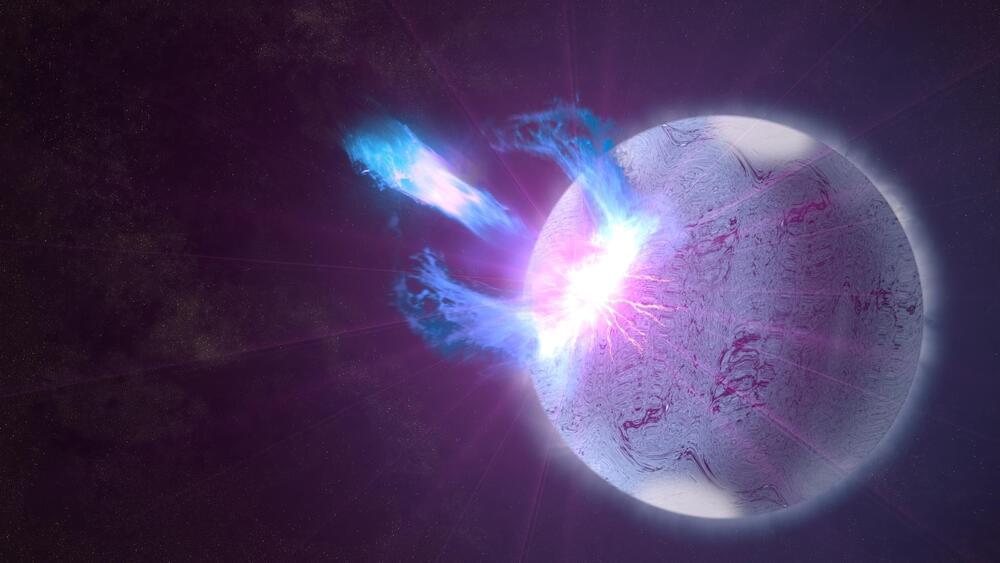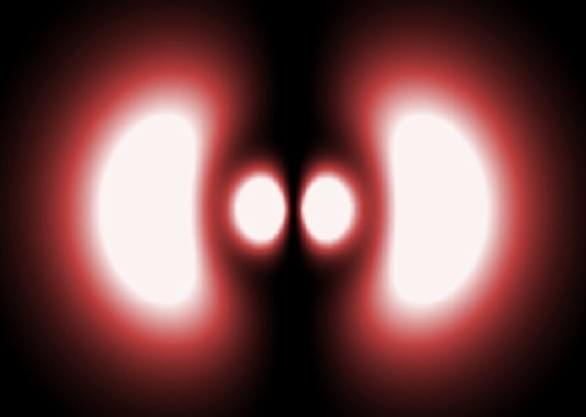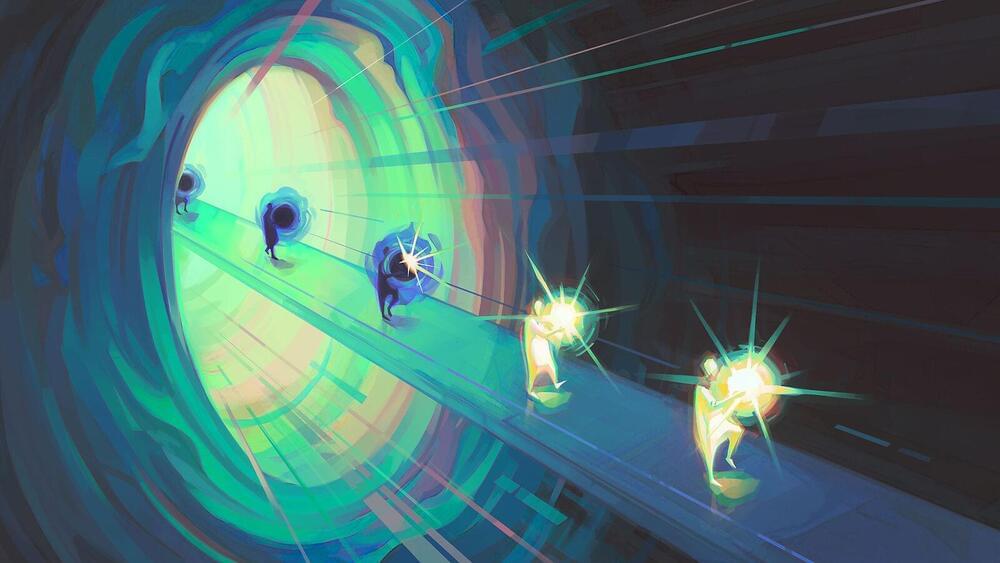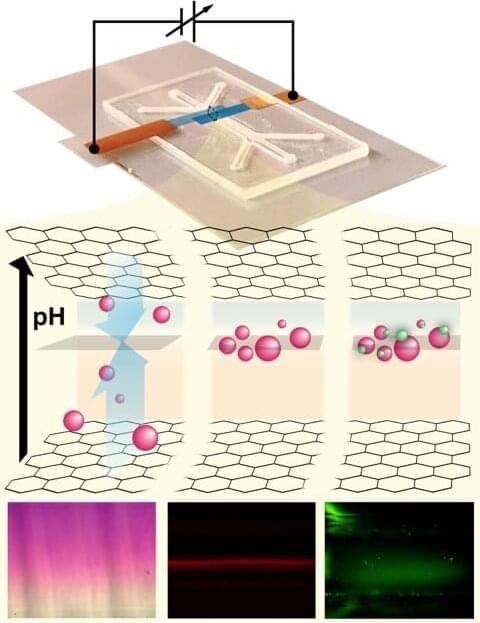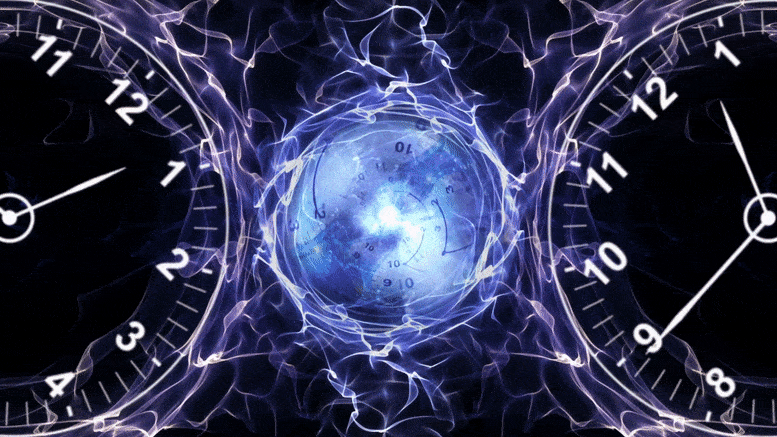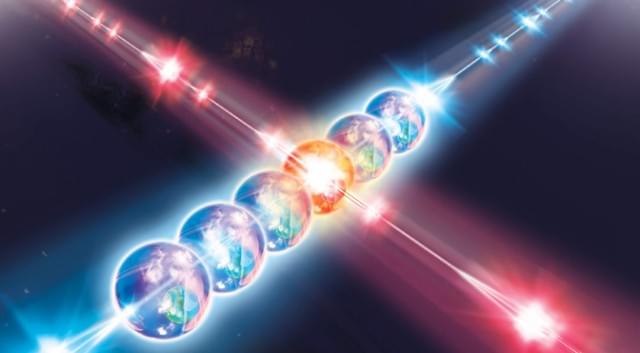
Scientists have been grappling with the strangeness of quantum entanglement for decades, and it’s almost as mysterious in 2022 as it was when Einstein famously dubbed the phenomenon “spooky action at a distance” in 1947. An experiment in Germany that set a new entanglement distance record — with atoms rather than photons — could help shed some light on this quirk of the universe.
Entanglement was initially proposed in the early 20th century as a consequence of quantum mechanics, but many scientists of the day, even Einstein himself, considered it to be impossible. However, many of the counterintuitive predictions of quantum mechanics have been verified over the years, including entanglement. As we’ve seen in numerous experiments, it is possible for particles to be “entangled” such that properties like position, momentum, spin, and polarization can be shared between them. A change in one is immediately reflected in its twin.
Scientists believe entanglement could form the basis for future communication systems that are faster and more secure than what we use today — if you measure the state of one entangled partner, you automatically know the state of the other, and this could be used to transmit data. You just need to separate the entangled pair to make it useful, and researchers from Ludwig-Maximilians-University Munich (LMU) and Saarland University have pushed that range much farther in the new experiment.
